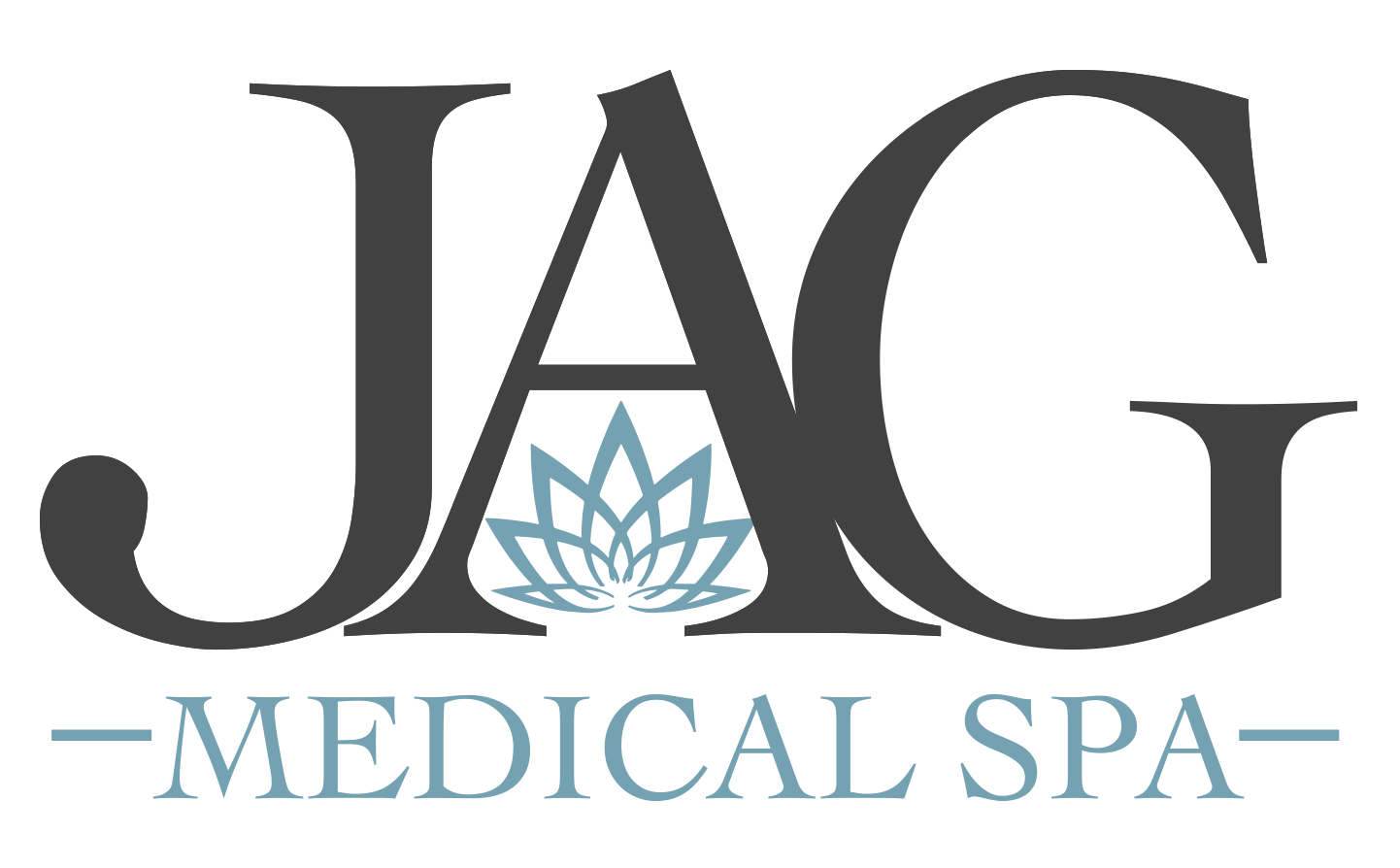TMJ & Migraines
Understanding TMJ & Migraines
TMJ disorders and chronic migraines are often accompanied by varying degrees of pain and discomfort, significantly impacting an individual's quality of life. Temporomandibular joint disorders can cause localized pain around the jaw, facial tenderness, and difficulty in jaw movement, leading to discomfort when chewing or speaking. Meanwhile, chronic migraines entail recurring headaches that are not only painful but can also bring about sensitivity to light and sound, nausea, and a reduced ability to perform day-to-day tasks. These conditions affect individuals physically, emotionally, and socially, often leading to stress, frustration, and anxiety due to the persistent discomfort they cause. Understanding the toll that pain and discomfort take on one's life is crucial to seeking effective treatments that alleviate these symptoms and improve overall well-being. Addressing the root cause and managing pain effectively can significantly enhance the quality of life for those suffering from these conditions.
Treatment Options for TMJ & Migraines
- Botox: Botox, known scientifically as botulinum toxin, presents itself as a versatile treatment option for managing temporomandibular joint (TMJ) disorders and chronic migraines. In these contexts, Botox can be administered in specific areas to relieve tension and discomfort. It is typically injected into the muscles around the jaw and temples to alleviate pain associated with TMJ disorders. The use of Botox for TMJ disorders should be administered by skilled professionals, such as trained healthcare providers or specialists in facial anatomy. During treatment, patients can anticipate several injections in targeted areas. While the process might cause some minor discomfort, patients usually tolerate it well.
What to Expect During a TMJ or Migraine Treatment with Botox At JAG Medical Spa
The procedure is relatively quick and typically performed in an outpatient setting.
Our medical providers will identify the target muscles and administer a series of injections using a fine needle.
Discomfort during the procedure is generally minimal and well-tolerated by most patients. Local anesthesia is usually not required.
Results and Potential Outcomes
TMJ Treatment:
Botox injections for TMJ can take a few days to a week to show full effects. Patients often experience a reduction in jaw pain, headaches, and muscle tension in the treated area.
The duration of pain relief can vary, but results typically last for several months (3-6 months) before requiring additional injections.
Migraine Treatment:
- Botox treatment for chronic migraines is administered in a series of sessions, typically every 12 weeks.
- Patients may begin to experience a decrease in the frequency and severity of migraine attacks after two or more sessions.
- It’s essential to follow the recommended treatment schedule for the best results.
Multiple Treatments
For both TMJ and chronic migraine treatment with Botox, multiple sessions are usually necessary to achieve and maintain results. The effects of Botox are not permanent, and the treatment typically needs to be repeated to sustain relief. Healthcare providers will determine the optimal treatment plan based on individual needs and response to treatment.
It’s crucial to consult with a qualified healthcare provider who can assess your specific condition, discuss your symptoms, and recommend the most appropriate treatment approach, which may include Botox or other therapies. Additionally, the decision to pursue Botox treatment should be made in consultation with a healthcare professional, and they will help you understand the potential benefits and risks associated with the treatment.
